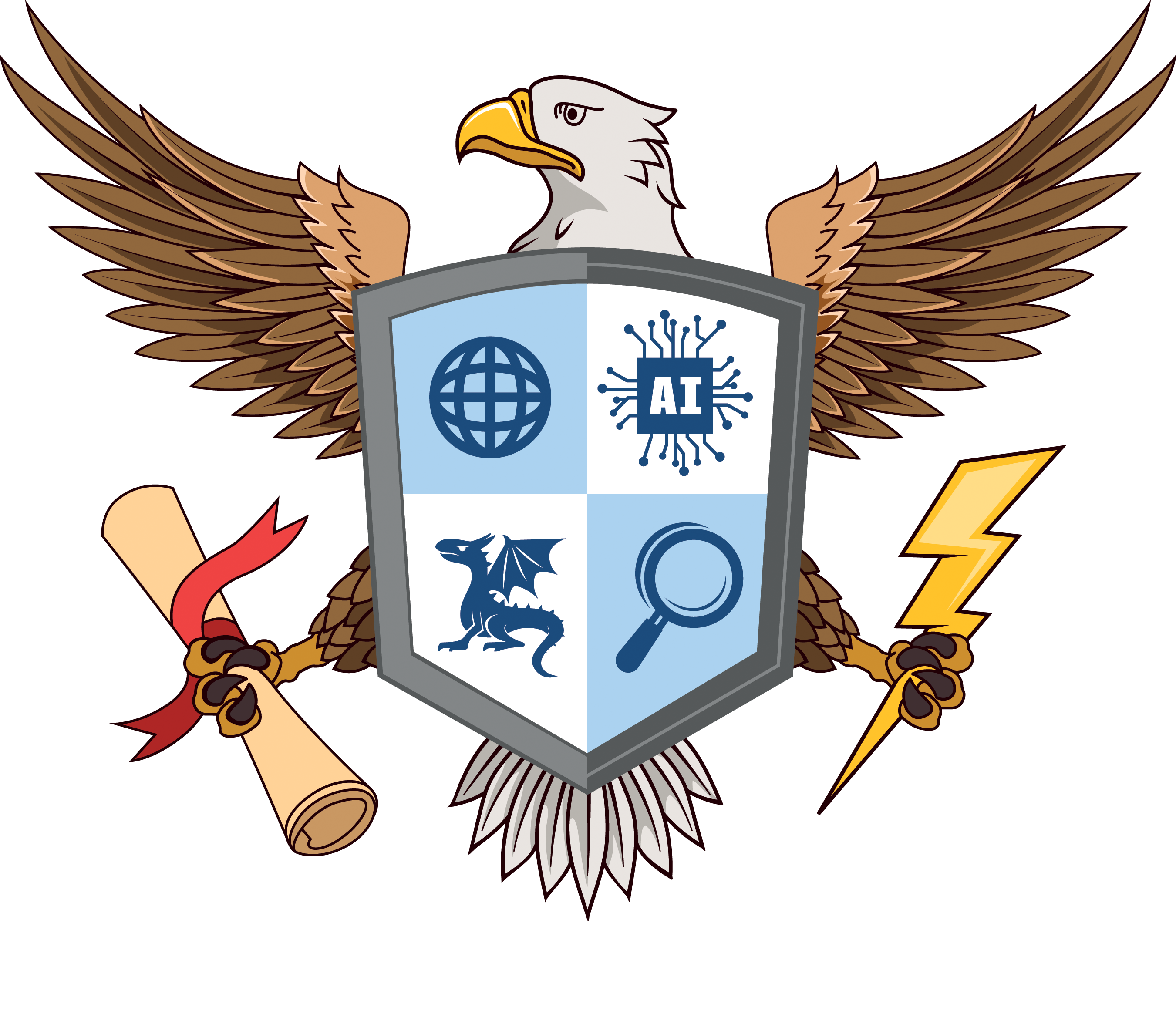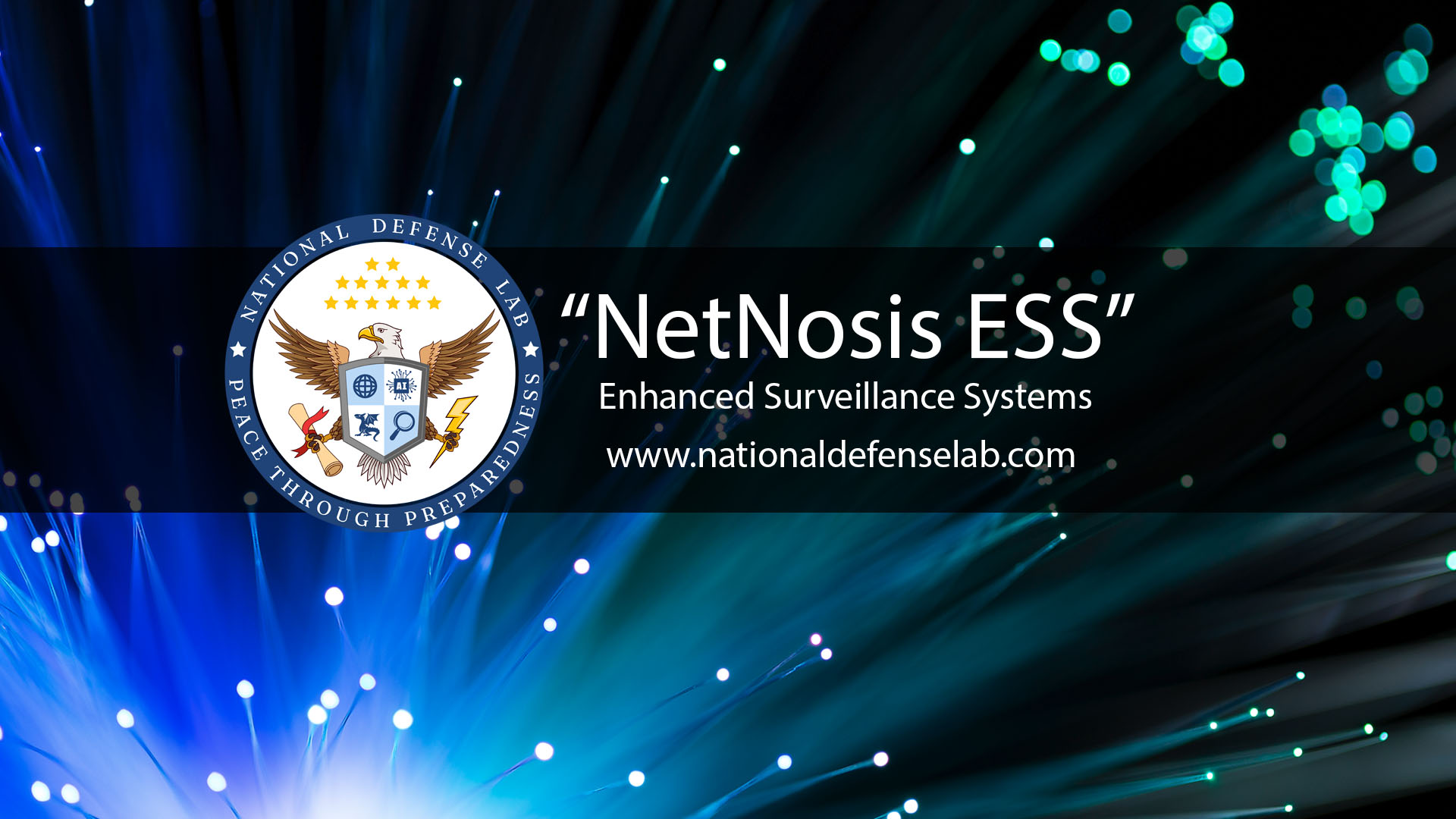Project “NetNosis ESS” - Enhanced Surveillance Systems
"NetNosis ESS" is a comprehensive surveillance tool conceptualized for government security agencies to counteract terrorism by analyzing not just digital footprints but also the electronic signatures from devices such as cell phones, utilizing a variety of communication protocols, including Internet Usage, Bluetooth, and Wi-Fi, among others.
- Undisclosed
- Governmental
- United States
Introduction
"Project NetNosis" represents a groundbreaking approach to modern surveillance, integrating digital and real-world tracking to provide unparalleled insights for government security agencies. This project aims to harness the full potential of technological advancements to strengthen counterterrorism efforts.
Idea
The brainstorming process for "Project NetNosis" involved a comprehensive analysis of how digital footprints and real-world tracking can be synergized. The concept evolved from recognizing the need for an all-encompassing surveillance system that not only tracks online activities but also extends its reach to physical world interactions. The idea is to create a seamless blend of digital surveillance with traditional intelligence-gathering methods, leveraging every possible data point to construct a holistic view of potential security threats.
Objective
The objective of "Project NetNosis" is to equip government security agencies with a sophisticated tool capable of detecting and analyzing potential terrorism-related activities. By examining both digital footprints and electronic signatures from various devices and communication protocols, the system aims to provide a comprehensive threat assessment.
Key Features
- Multilayered Digital Footprint Analysis: Expands beyond traditional online surveillance, capturing data from various electronic devices to construct detailed behavioral profiles.
- Electronic Signature Detection: Utilizes advanced technology to monitor unique identifiers emitted by devices, facilitating the tracking of gadgets associated with suspicious behavior.
- Communication Protocol Analysis: Analyzes a range of communication methods, including emerging technologies, to uncover hidden networks and clandestine interactions.
- Real-Time Location Tracking: Integrates GPS technology with advanced triangulation methods to pinpoint locations, enhancing the capability to track movements of interest.
- Encrypted Communication Decryption: Employs specialized decryption techniques to interpret secure communications, staying ahead in the constantly evolving digital landscape.
- Unknown Method Surveillance: Continuously adapts to incorporate new and classified surveillance techniques, ensuring no significant data is missed.
Deployment
- Strategic Deployment: Ensures both overt and covert methods are employed strategically, with a focus on operational security and effectiveness.
- Controlled Access: Restricts system access to highly cleared personnel, safeguarding against unauthorized use and ensuring data integrity.
Technology Stack
- Advanced Signal Processing: Capable of deciphering a wide range of electronic signatures, providing a deep understanding of device-based activities.
- AI-Powered Analytics and Machine Learning: Utilizes the latest advancements in artificial intelligence and machine learning for sophisticated data analysis and predictive modeling. This enables the system to learn from data patterns, adapt to new threats, and make intelligent predictions about potential security risks.
- Robust Cybersecurity: Implements the highest levels of encryption and cybersecurity protocols to protect sensitive data.
- Classified Technologies: Incorporates top-secret technologies and methods, available exclusively for national security purposes.
Use Case: Utilizing Project NetNosis ESS for Online and Digital Surveillance
Objective: To demonstrate the application of Project NetNosis in tracking and analyzing the online and digital activities of a suspect identified as a potential threat to national security.
Scenario:
The security agency identifies an individual (Subject A) suspected of engaging in activities that could pose a threat to national security. The suspect is known to use various digital platforms and devices, making it challenging to track their activities through traditional surveillance methods.
Application of NetNosis:
- Digital Footprint Compilation: NetNosis aggregates data related to Subject A's online activities. This includes social media usage, web browsing history, and digital transactions.
- Electronic Signature Tracking: The system monitors the electronic signatures from Subject A’s devices, capturing data such as GPS locations, Wi-Fi network connections, and Bluetooth interactions.
- Communication Analysis: NetNosis scrutinizes Subject A's communication patterns, including email exchanges, messaging apps, and encrypted communication channels, to identify potential accomplices or plans.
- Behavioral Pattern Recognition: Utilizing machine learning algorithms, NetNosis analyzes the gathered data to identify behavioral patterns, routines, and any deviations that could indicate suspicious activities.
- Real-Time Alerts: Upon detection of any alarming activity or communication that signifies a potential threat, NetNosis generates real-time alerts to the agency.
Outcome:
- The agency receives comprehensive insights into Subject A's digital and physical world activities.
- Potential threats are identified based on deviations in standard behavior patterns and suspicious communications.
- The agency leverages this information to assess the level of threat and coordinates with appropriate units for further action.
Ethical and Legal Considerations:
- The operation adheres to legal frameworks governing surveillance and data privacy.
- Any intervention or further action is conducted with appropriate judicial oversight and within the bounds of the law.
This use case demonstrates the potential of Project NetNosis in modern surveillance, highlighting its ability to seamlessly integrate various data sources for a thorough analysis of digital and physical behaviors. By leveraging advanced technologies, NetNosis provides crucial intelligence that can be pivotal in ensuring national security.
Legal and Ethical Considerations
- Lawful Compliance: Adheres strictly to legal frameworks, with a commitment to respecting individual privacy rights and maintaining ethical standards.
- Balanced Approach: Maintains equilibrium between the imperatives of national security and the preservation of civil liberties, ensuring democratic values are upheld.
Government agencies seeking a cutting-edge solution in surveillance technology are encouraged to explore the capabilities of "Project NetNosis." This tool is designed to evolve with global security challenges, offering a strategic advantage in intelligence and counterterrorism efforts.
Join us in shaping the future of national defense with "Project NetNosis," where innovative technology converges with strategic security operations for a safer world.




